
Thomas Hagen
Partner
Oslo
Newsletter
by Thomas Hagen
Published:
In Norway, the legal landscape surrounding employee inventions is governed by the Norwegian Employee Inventions Act ("EIA"). The EIA outlines the rights and obligations of both employers and employees when it comes to patentable inventions created within the scope of employment. Some of the regulations under the EIA are mandatory and cannot be deviated from to the disadvantage of the employee in an agreement between the employee and the employer. Understanding these regulations and implementing best practices can help companies effectively manage intellectual property ("IP") and foster innovation.
The EIA categorizes employee inventions under three main categories, each with different implications for the rights of the employer and the employee:
Inventions made by employees engaged in research and inventive work or resulting from specific tasks assigned to the employee
Employers are entitled to demand the assignment of rights to these inventions if they fall within the employer's sphere of activity.
Inventions connected to the employment relationship
Employers can demand a non-exclusive license to exploit these inventions, while the ownership remains with the employee.
Inventions made under circumstances unrelated to employment
Employers have a limited preferential right to acquire these inventions if they fall within the employer's sphere of activity.
Under the EIA, the rights to employee inventions are not assigned automatically to the employer, and the employer must claim its rights to an employee invention by a specific deadline. However, it is possible for the employer and employee to agree to a different regime, where employee inventions are automatically assigned to the employer.
If no agreement has been entered into, employers must claim their rights to employee inventions by a specific deadline, and employees are entitled to reasonable compensation if the employer acquires rights to their inventions.
It is not possible for the employee and employer to agree upfront that the employee shall not be entitled to any compensation for an invention, as the EIA section 7 cannot be circumvented to the disadvantage of the employee.
To ensure that employee inventions are effectively managed and protected, companies should implement the following best practices:
IP and confidentiality clauses in employment agreements
All employment agreements should include comprehensive IP and confidentiality clauses. These clauses should state that the employer holds exclusive ownership of all material created by the employee in connection with their employment, and that any IP rights arising from the employee's efforts are automatically transferred to the employer.
Invention IP policies covering employee's disclosure of inventions to the employer
Companies should have written policies requiring employees to promptly complete and submit a Disclosure of Invention Form ("DOFI") for any new inventions. The DOFI should include details about the invention, the problem it solves, the circumstances of its creation, and any disclosures or collaborations.
Compensation schemes
Implementing a compensation scheme ensures that employees are fairly compensated for their inventions, as required by the EIA. This can also serve as an incentive for employees to innovate.
Confirmatory assignment declarations
When an employment relationship ends, companies should obtain written confirmatory assignment declarations from employees who have contributed to the creation of IP. This secures the employer's ownership of the IP and confirms that the employee has been fully compensated.
Here are some examples of employee inventions that illustrate the application of the EIA and best practices:
Software development
An employee at a tech company developed a new software program as part of their job. The development work included both copyright protected software and patentable inventions. The employer had comprehensive IP and confidentiality clauses in the employment agreement, ensuring that the rights to the software and inventions were automatically transferred to the employer.
Medical device innovation
A researcher at a medical device company invented a new type of surgical instrument. The employer required the researcher to submit a DOFI, detailing the invention and its potential applications. The employer then evaluated the invention and decided to pursue a patent, ensuring its competitiveness.
Pharmaceutical research
A research employee at a pharmaceutical company discovered a new drug compound. The employer had a compensation scheme in place, ensuring that the employee received fair compensation for their invention. The employer also obtained a confirmatory assignment declaration from the employee when the employee left the company, making future due diligence processes, transactions and utilization more effective.
Offshore service
An engineer at an offshore service company invented a new type of downhole tool. The employer required the engineer to submit a DOFI, detailing the invention and its potential applications. The employer then evaluated the invention and decided to pursue a patent, ensuring its competitiveness. The engineer was awarded reasonable compensation for the innovative work.
By understanding the legal framework and implementing best practices, employers in Norway can effectively manage employee inventions, protect their IP, and foster a culture of innovation. The EIA provides a safety net for balancing the rights and obligations of both employers and employees, ensuring that patentable inventions are appropriately recognized and rewarded. However, it is not advisable to lean solely on the EIA, as there are more practical and suitable manners to handle the developed IP.

Partner
Oslo

Partner
Oslo

Partner
Oslo
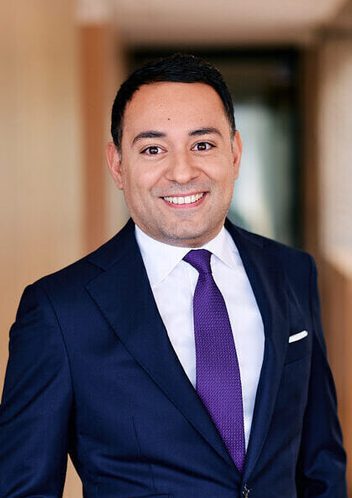
Partner
Stockholm

Partner
Oslo

Senior Lawyer
Oslo

Special Advisor
Stockholm
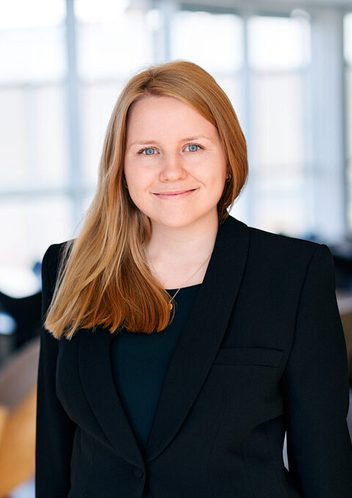
Senior Associate
Oslo

Senior Associate
Oslo

Associate
Stavanger

Partner
Oslo

Partner
Oslo
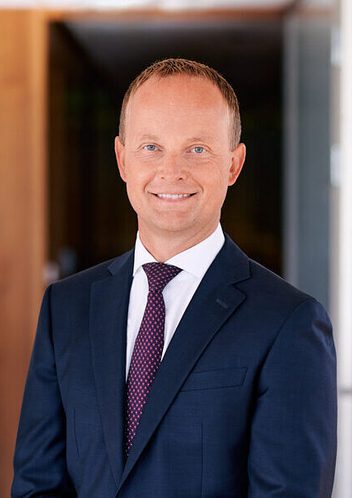
Partner
Oslo

Partner
Oslo
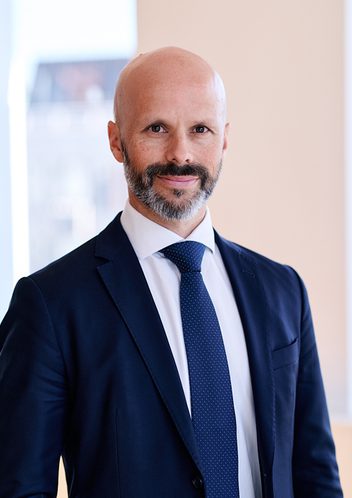
Partner
Oslo
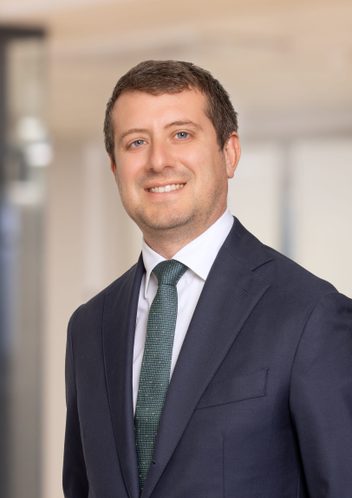
Managing Associate - Qualified as EEA lawyer
Oslo
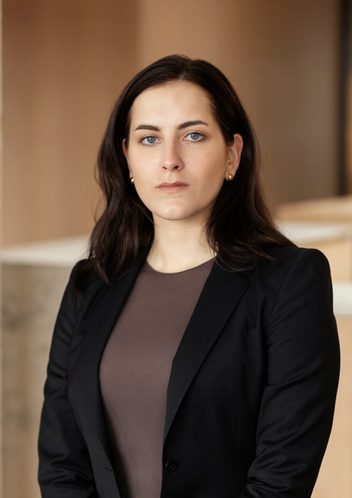
Senior Lawyer
Stockholm
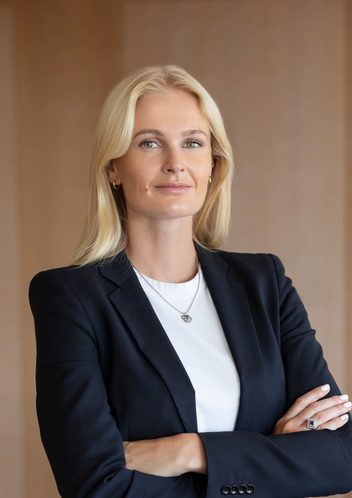
Senior Lawyer
Stockholm
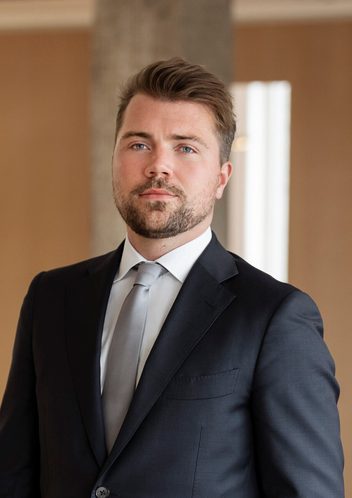
Associate
Stockholm

Associate
Oslo

Associate
Stockholm
